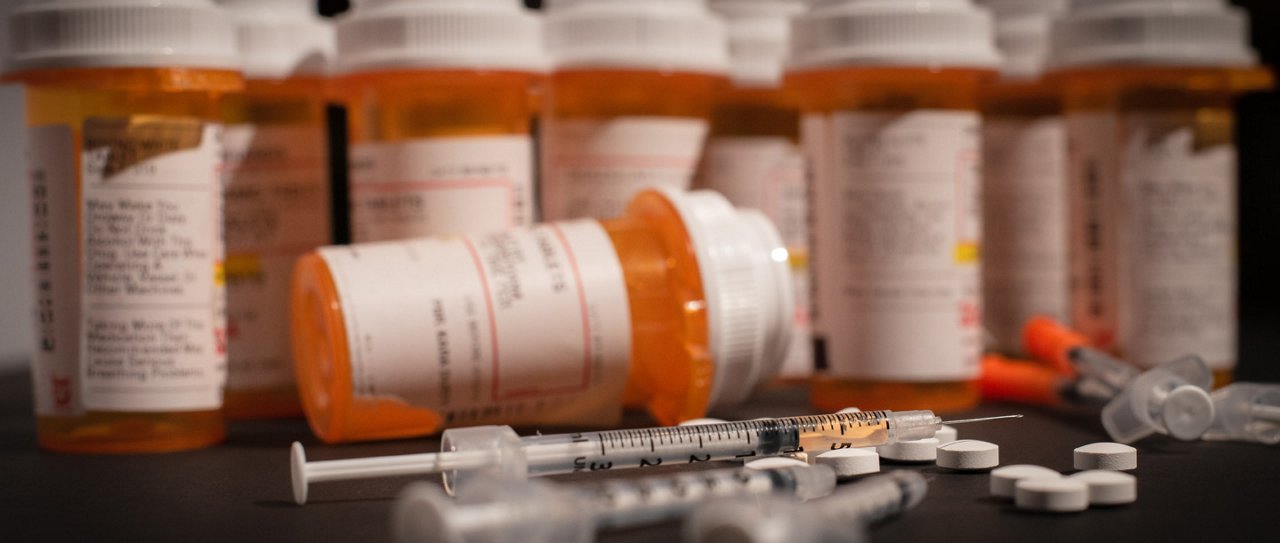Warning signs for parents concerned about teenage opioid abuse

The opioid epidemic gripping North Carolina is not only affecting adults or users of street drugs or illegal narcotics. Prescription opioid medications are responsible for more deaths than heroin and cocaine combined.
In 2017 alone, more than five North Carolinians died each day from an accidental overdose. That same year approximately 15 percent of N.C. high school students reported using prescription drugs without a doctor’s order.
Knowing what to look for to spot signs of teenage drug abuse can be key to getting help early, and preventing further misuse and accidental overdoses. But what to look for? Signs and symptoms of teenage opiate abuse often overlap with the symptoms of common mood disorders, such as anxiety or depression. They can even be hard to discern from normal teenage behavior like mood swings or changes in behavior.
For parents concerned about their children, here are five warning signs of teenage opiate abuse or misuse.
Mood swings
Puberty is a temperamental time for both teens and parents. Mood and behavior changes can be common, but mood swings attributed to opioid abuse are more severe.
Teenagers who may be abusing drugs can become sullen, withdrawn and depressed, or they could be hostile, angry and uncooperative. Look for sudden or dramatic changes in mood or personality.
Changes in behavior
Opioid addiction can cause behavioral changes such as changes in sleeping or eating habits, deterioration in important relationships, or a lack of interest in or motivation for once important activities. These behavioral changes due to opioid abuse can leave teenagers unable to fulfill school and work obligations. If a teen’s grades are slipping for no apparent reason or they’re withdrawn from their extracurricular activities, it could be a sign of drug abuse or another underlying issue.
Physical cues
Noticeable physical symptoms such as smoke or burn smell, a messy appearance or hygiene issues can also signal drug abuse. Teenagers abusing opioids may also display certain physical side effects (PDF) including red or flushed cheeks, constricted pupils, slowed breathing, constipation, confusion, drowsiness or noticeable moments of elation or euphoria.
Some teenagers may go into withdrawal by coming down from their last high or in an effort to stop using drugs. They may experience withdrawal symptoms such as a headache, nausea, diarrhea, sweating, increased anxiety or paranoia. If your teenager is sleeping a lot or seems to be “feeling ill” offer to take him/her to the doctor for a checkup. A truly sick child will not refuse a trip to the doctor for relief, but it may be a red flag if your teenager resists a visit to your family provider. Ultimately, the teenage years can be tricky but by paying attention to subtle cues, you may be able to intercept and get your child the help they need.
Talk it out
If any signs or symptoms of opioid use or misuse are suspected, have a serious conversation about the dangers of opiates and drug abuse. Talk to teenagers about what is prompting their behavioral changes. Involve all parents or guardians in the discussion before speaking to the child to ensure a common stance on drug use, and family alignment on rules and boundaries.
Having face-to-face conversations with teens after they socialize with friends can be an important time to catch signs or clues of drug use. And while talking to teenagers about their possible drug use can be difficult and uncomfortable, know that taking early action is an important step to getting the right help.
Collective efforts
To fully address the opioid epidemic in North Carolina, it will take the collective efforts of every community tackling this head-on. That’s why Blue Cross and Blue Shield of North Carolina (Blue Cross NC) recently announced a significant investment in Together for Resilient Youth (TRY).
This North Carolina non-profit is working to prevent substance abuse among youth and young adults by reducing community risk factors through education, mobilization and collaborative action. The investment is a part of Blue Cross NC’s $10 million commitment to combating the opioid epidemic in North Carolina. Learn more about what Blue Cross NC is doing to combat the opioid epidemic.
Blue Cross and Blue Shield of North Carolina does not discriminate on the basis of race, color, national origin, sex, age or disability in its health programs and activities. Learn more about our non-discrimination policy and no-cost services available to you.
Information in other languages: Español 中文 Tiếng Việt 한국어 Français العَرَبِيَّة Hmoob ру́сский Tagalog ગુજરાતી ភាសាខ្មែរ Deutsch हिन्दी ລາວ 日本語
© 2024 Blue Cross and Blue Shield of North Carolina. ®, SM Marks of the Blue Cross and Blue Shield Association, an association of independent Blue Cross and Blue Shield plans. All other marks and names are property of their respective owners. Blue Cross and Blue Shield of North Carolina is an independent licensee of the Blue Cross and Blue Shield Association.




